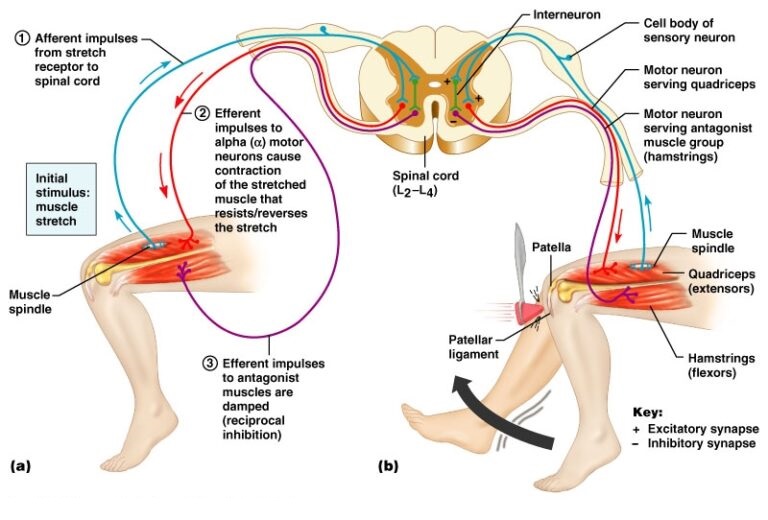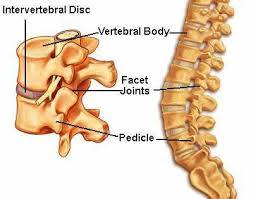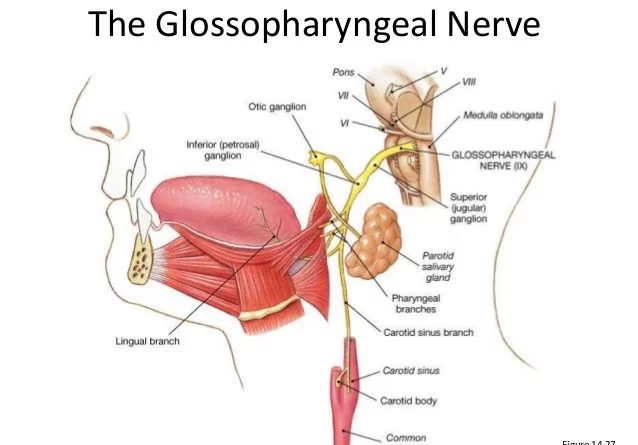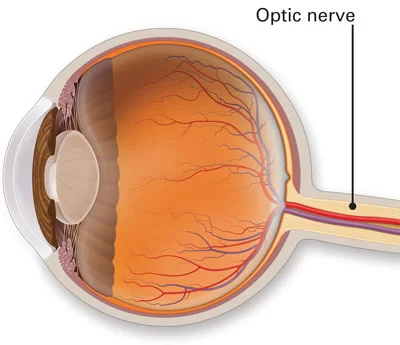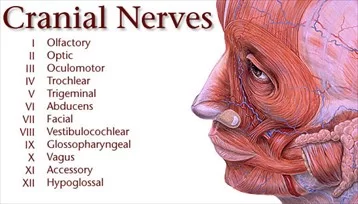REFLEXES :
Introduction :- A reflex is an involuntary and relatively stereotyped response to a specific sensory stimulus. There are many types of reflexes and every healthy person has them. In fact, we’re born with most of them. eg. When a person accidentally touches a hot object, they automatically jerk their hand away without thinking. Reflex arcs…

